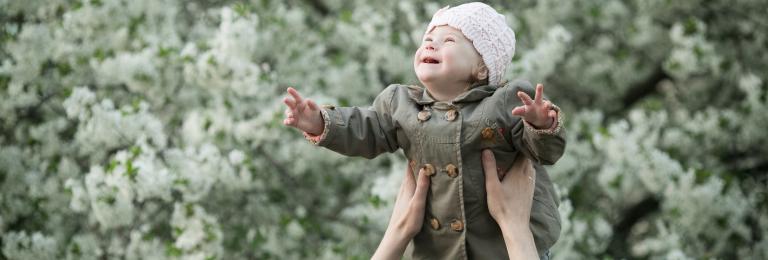Types of Physical Activity
Preschoolers and toddlers often alternate short bursts of activity with rest. Young children should do many short bursts of physical activity using large muscle groups (legs, body, shoulders and upper arm muscles).
Light intensity physical activity
A preschooler should not be sweating and their rate of breathing will not have changed. They should be able to maintain this intensity for a long time.
Activities include:
- Wandering the playground
- A short, slow walk
- Playing catch
Moderate intensity physical activity
A preschooler should be sweating a little and breathing harder than normal. They will be able to have a conversation, but should not be able to sing a song out loud while active.
Activities include:
- Jogging and climbing on the playground
- Longer duration walks, possibly up hills, on uneven terrain or at a higher pace
- Kicking a soccer ball with a buddy
Vigorous intensity physical activity
A preschooler should be sweating and be out of breath. They should not be able to say more than a few words without having to catch their breath while active.
Activities include:
- Fast-paced climbing and running on the playground
- Tag games or other games that involve bursts of maximum-speed running
- Highly active games with balls, such as relay races or kick-chase-retrieve games
Adapted from NASPE, CSEP and ParticipACTION.
